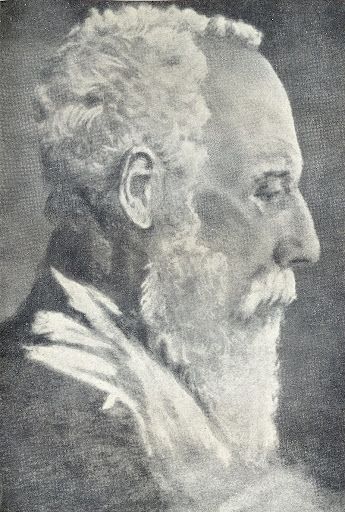For smooth Ad free experience
For smooth Ad free experience
The scattered pages of an unfinished poem, the scribbling of a pen’s nib on the paper furiously, and a messy poet’s dreamy inspiration sprinkled like a charm all over the Joransanko Thakur Bari, where Dwijendranath Tagore wrote.

Story of a Tagore
A true philosopher and a beautiful composer, Dwijendranath Tagore was the eldest son of Debendranath Tagore and a significant inspiration for his younger brother, Rabindranath Tagore. He belonged to a family where sewing words in an embellishing poem ran in their blood. The Tagore family had a way with words, they expressed the nuances of life with ease and meticulousness.
Dwijendranath Tagore was an academic all-rounder. He composed songs while lamenting over the lost glory of life. He preached the philosophies of life while ensuring rationality with mathematical accuracy. Even before Rabindranath Tagore learned how to walk, he was the pioneer and the spokesperson for Bengali literature.
Starting his career in literature with the translation of Kalidasa’s Sanskrit work Meghadut into Bengali, he applied two different rhythmic styles to his translation, his work became one of the successful translations of a tedious and difficult Sanskrit poem into Bengali.
After the success of his translation, Dwijendranath Tagore wrote his first compilation of poems called Swapnaprayan which was published in 1875. The poem dealt with the protagonist travelling to new places and his experience in these foreign lands. Soon after it first was published, the poem came to be recognised as a trendsetter.
As a prolific writer and reader, he took inspiration from various epics and prevalent writings of his period. Deeply inspired by the philosophy of Bhagavad Gita, he too compiled his philosophical writings, Tattwabidya or Knowledge of Principles, Adwaita Meter Samalochana, and Aryadharma O Boudhya Dharmer Ghar-Protighat.
He edited journals like Tattwabodhini Patrika, Hitabadi, and Bharati. He tried to write as much as he could while trying his hands on a variety of styles of poetry, music and prose. The first-ever experiment in Bengali music with shorthand and musical notations was initiated by this true philosopher.
He painted the life he witnessed and researched geometry and mathematics while also publishing academic papers on these researches and what he thought about it. While every prevalent poet of that time followed the footsteps of Michael Madhusudan Dutta, who worked on some marvels like Tilottama and Virangana, Dwijendranath decided to lay a path for himself. He wanted to be recognised by a distinguishable identity of his own. And, while poets took inspiration from Dutta, Dutta himself was in awe of Dwijendranath and his command of everything he did.
After the death of his father, he permanently moved to Santiniketan where he attempted humourous content. He humoured Rabindranath Tagore, Gandhi, and many more. On January 1, 1926, he took his last breath within the four walls of Santiniketan, doing what he liked the most.
While the Tagore family is one of the most revered families in literature, many people associate the name Tagore with Rabindranath Tagore. Dwijendranath Tagore laid a path for his brother, and somehow became the underrated brother of the Tagore family.
0
You might be interested in reading more from
